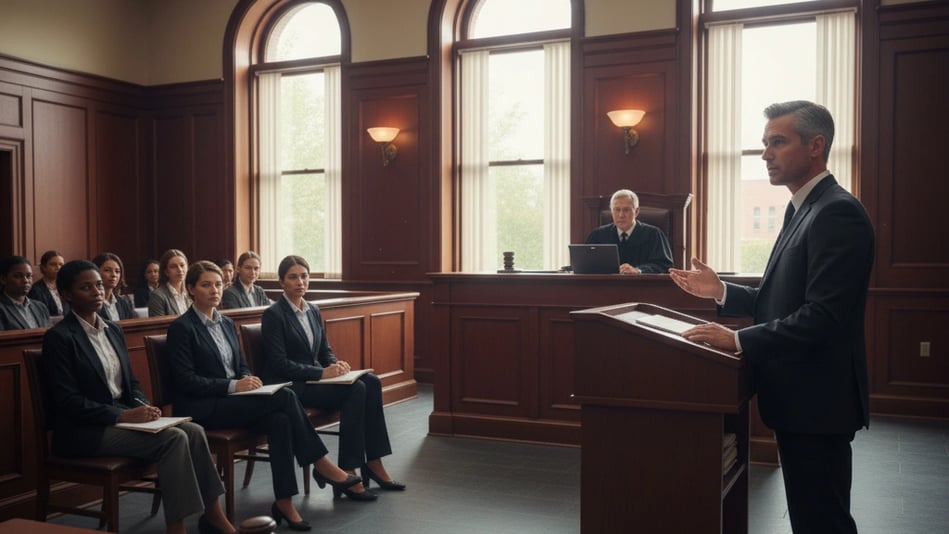$80k Verdict Against Fort Wayne Police Officer for False Arrest of Innocent Bystander During BLM Protest
N
Nishica Srivastava
October 24, 2024

Table of Contents
Williams V. Fort Wayne City Of Et Al
Case Background
On February 23, 2022, Lucas Williams filed a civil rights lawsuit alleging false arrest and use of excessive force. Williams went to downtown Fort Wayne to witness the chaotic events surrounding the Black Lives Matter protests at Friemann Square. However, he recognized that the situation was becoming unruly and turned back before reaching the square. Despite this, a Fort Wayne police officer mistakenly identified him as a violent protester. As a result, Williams, an innocent bystander, was roughly arrested without any probable cause. The case was filed in the United States District Court, Indiana Northern, and Chief Judge Holly A Brady presided over the case. [Case number: 1:22cv61]Cause
On the evening of May 30, 2020, Lucas Williams, then 19, traveled to Fort Wayne with three friends. They wanted to witness the unfolding events of the George Floyd and BLM protests, which had turned chaotic in many areas, including Fort Wayne. Protesters had gathered at Friemann Square, and Williams, who held no political motivations, simply wanted to observe. As he neared the square, he realized the atmosphere was escalating into chaos, with tear gas visible in the air. Concerned about the situation, Williams and his friends decided to leave before reaching the square. At that moment, Officer Boyce Ballinger was managing the scene. He had received a description of a rioter whom the police were pursuing. Mistaking Williams for this individual, Ballinger believed he had found the suspect. As Williams walked away, Ballinger allegedly tackled him violently, slamming him onto the pavement. Consequently, Williams faced charges of Resisting Arrest, Disorderly Conduct, and Refusing an Order to Leave. He spent forty-four hours in lock-up before the charges were ultimately dropped. The experience left Williams shaken but served as a reminder of the volatile climate during that period.Damages
The incident caused Williams to suffer a concussion, and he continued to experience mental flashbacks. These ongoing challenges underscored the impact of the arrest on his life. If he won at trial, he sought compensatory damages.Key Arguments and Proceedings
Legal Representation
- Plaintiff(s): Lucas Williams
- Counsel for Plaintiff(s): Dennis R Brown | Dennis H Geisleman
- Experts for Plaintiff(s): Brian Landens
- Defendant(s): Officer Boyce Ballinger | Fort Wayne City of
- Counsel for Defendant(s): Adam Matthew Henry | Theodore T Storer
- Experts for Defendant(s): Joshua Lego
Claims
Defense
Jury Verdict
Court Documents:
Available upon requestTags
Civil Rights
Excessive Force
Police Brutality
False Arrest
Black Lives Matter Movement
About the Author
NS
Nishica Srivastava
Writer